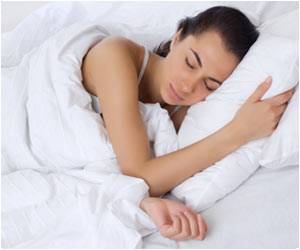A report by Amerisleep has uncovered the startling truth about the unassuming pillowcase we trust for a good night’s sleep. Within just one week, an unwashed pillowcase can accumulate an astounding 3 million bacteria, making it approximately 17,000 times more contaminated than the average toilet seat.
Moreover, the Dyson Global Dust Study 2023 reveals that 60% of Indians think toilets harbor the most viruses and just 2 in 5 Indians clean their mattress regularly.
Advertisement
While dust mites themselves do not trigger allergies, the allergens and proteins in their fecal droppings can trigger allergies. To maintain a truly cleaner and more hygienic sleeping environment, it is important that we prioritize consistent cleaning and vacuuming to remove as much dust and allergens from the bedroom.
Here are four easy steps:
Remove and wash bedding:
Washing sheets, pillowcases, and blankets in hot water that is at least140°F wash will help to break down and reduce allergens. While you may vacuum your mattress only a few times a year, it’s recommended that you launder and change your bedding once a week to remove microscopic skin flakes and keep dust and allergens at bay.
Vacuum gently – but with power:
Dust mites might be small, but they’re tenacious. Their claws help them cling to the fibers deep in your mattress, which can make them difficult to remove. Using a vacuum with a high-power or Boost mode will deliver the suction you need to remove as many mites, skin flakes, and allergens as possible.
Make sure that the vacuum you’re using has a fully sealed filtration system to avoid allergens being expelled back into your face as you clean! Dyson cordless vacuums are equipped with up to 240AW of powerful suction and with the Hair screw tool attached, can effectively remove dust embedded in your mattress. Besides vacuuming your mattress, it is also a good practice to vacuum pillows, cushions, or soft toys to remove skin flakes/ dander, dust mites, and allergens present.
Focus on hard-to-reach areas:
Once you’ve deep cleaned the surface of your mattress, pay attention to any crevices or folds where dust and allergens can gather. For cleaning around the edge of your mattress where there may be a seam, use a Crevice tool in handheld mode to remove any hidden dust. Don’t forget under your bed and on cupboards or wardrobes as well, as dust mites thrive in dark, warm, and humid areas with plenty of dust and skin flakes that often remain undisturbed.
Flip, repeat, remake:
Flip your mattress over and vacuum the other side too to keep concentrations of invisible allergens low. You may want to consider using a mattress protector which will absorb excess sweat and dust flakes and can be more easily washed.
Incorporating proper mattress hygiene practices, such as regular vacuuming and laundering of bedding, can significantly reduce the presence of dust mites and allergens. By taking these simple steps, you can create a more hygienic and comfortable sleeping space for a restful night’s sleep.
Source: IANS



